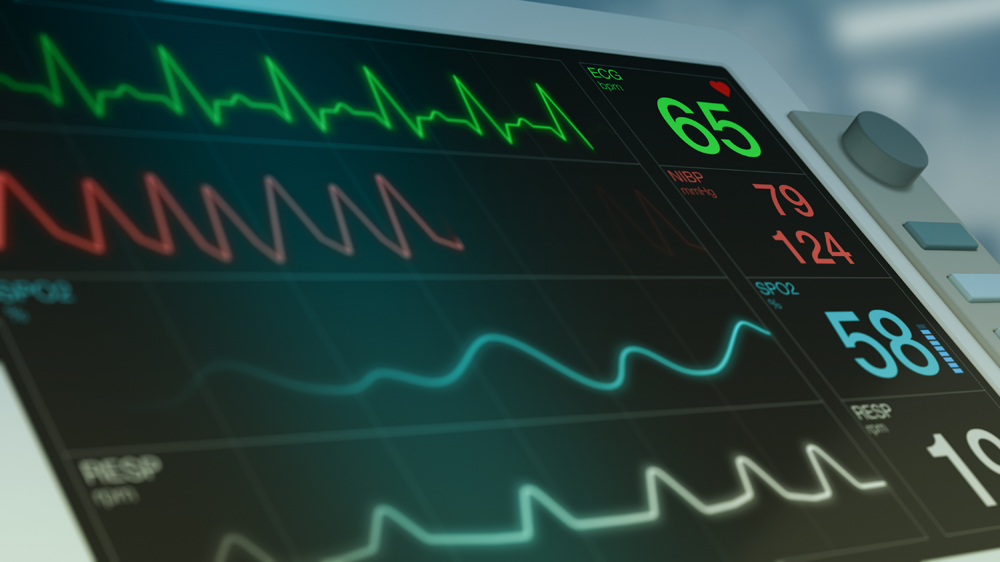By Stacy Williams
When we think of our youth, we think of all the dangerous stunts we accomplished during it—somersaults, handstands, backflips, and a few stories you don’t ever plan on telling your mother.
However, despite the appearance of invincibility our youth provides, there is a silent threat growing in number—strokes.
Are Young People Really at Risk of Having a Stroke?
The short answer is yes. Even though the overall rate of stroke is decreasing, strokes are on the rise in young and middle aged people, with “most experts considering a young stroke age to be under 45.”1
While for most young people, the thought of having a stroke seems like an impossibility, an estimated 10% of all strokes occur in people under age 45.2
As for what causes strokes in young people, Dr. Buletko, MD at the Cleveland Clinic, states, “Illicit drug use and genetic conditions certainly account for some of the strokes we see in younger populations. Beyond that, the causes of stroke in younger adults mirror the causes in adults.”3
According to Sanford Health Care, smoking also plays a role in strokes in young people, with high blood pressure, diabetes, and rare genetic conditions also playing a role in the risk of stroke for young people.2
How Are Strokes in Young People Different?
It’s only natural to assume strokes in young people differ from strokes in older people. In fact, “Compared with strokes in older people, [a] stroke in the young is a different beast,” says S. Ausim Azizi, MD, Ph.D., a professor and the chair of neurology at Temple University Medical School in Philadelphia.1
One reason for this is due to the fact that strokes in young people can mean a “lifetime of recovery” and “loss of many productive years.”1 With 15 to 30 percent of people who have had a stroke facing some sort of long-term disability, having a stroke while young can be absolutely devastating.1
Another way strokes in young people may differ is their cause. While 80 to 85 percent of all strokes at any age are caused by a clot blocking blood flow to the brain, strokes in young people can result from illicit drug use and smoking—something not nearly as common with strokes in older people.3
However, despite some differences in severity and cause, most strokes have the same risk factors, which is why it’s paramount that young people maintain a healthy lifestyle. Some common causes for stroke (at any age) are as follows:3
High blood pressure
High cholesterol
Diabetes
Smoking
Obesity
Abnormal heart structures
Treating Strokes in Young People
While the first line of treatment in a stroke for young people is the same as seen in older populations, stokes in young people can sometimes be harder to identify—making it more difficult for young people to seek treatment after a stroke.
Dr. Buletko states that a severe onset of a headache may be the first warning sign of a hemorrhagic stroke for young people, with pain characterized as “the worst headache of your life” or a “thunderclap feeling in your head” as a sign of possibly needing immediate medical attention.1
Other symptoms can include vision loss, double vision, slurred speech, dizziness, or difficulty walking2—something many young people write off without there being more common stroke symptoms, such as a facial droop and weakness on one side of the body.2
All in all, strokes in young people are difficult to identify due to a lack of recognition that a stroke can happen to someone at any age. With the exception of a few additional factors causing strokes in young people, strokes in young people look the same as strokes in older populations.
Maintaining a healthy lifestyle is key to possibly preventing a stroke, but there is. Unfortunately, no way to guarantee a stroke won’t happen to you. For this reason, it is recommended you familiarize yourself with stroke warning signs, which can simply be remembered by the acronym BE FAST.
BE FAST stands for:
Balance: A sudden loss of balance and coordination
Eyes: Sudden vision loss in one or both eyes and/or double vision
Face: Any drooping on one side of the face
Arms: Sudden weakness in one arm or leg
Speech: Slurring, difficulty speaking, or difficulty understanding words
Time: Quickly call 911 if you or someone you know is experiencing any of these symptoms3
No matter your age, BE FAST could save your life, so make sure to keep this acronym fresh in your memory!
For more information about life insurance, contact one of our knowledgeable agents at 713.254.3439 or email us at info@jsuttonfinancial.com.
Sources:
1. Everyday Health, Think You’re Too Young for a Stroke? Think Again, 2017, https://www.everydayhealth.com/news/think-youre-too-young-stroke/
2. Stanford Health Care, Stroke in Young People, 2020, https://stanfordhealthcare.org/medical-conditions/brain-and-nerves/stroke/stroke-in-young-people.html
3. Cleveland Clinic, Why Are Strokes on the Rise in Younger People?, 2019, https://health.clevelandclinic.org/why-are-strokes-on-the-rise-in-younger-people/


